Rotor exhibition in Brussels
In Brussels, the exhibition Rotor. Entangled Matter can be seen at the Palais des Beaux-Arts in Brussels until 12 January 2025. A pioneer in its field, the Belgian collective Rotor has put reuse at the heart of its thinking, notably with the launch in 2016 of a dedicated subsidiary, Rotor DC. Interview with Michaël Ghyoot, architect, member of Rotor and co-curator of the exhibition.
Interview by Ethel Halimi
What are you trying to highlight in the exhibition ‘Rotor. Entangled Matter’?
Michaël Ghyoot: The exhibition is part of a research project within Rotor, and allows us to take a step back from Rotor’s work and put it into perspective within a wider reflection on the economics of materials production. As is often the case with our projects, our method was based on site visits (to companies, specific locations, etc.).
We like this approach because it allows us to experience tangible situations, rooted in a specific context. It’s also a way of meeting the people who work in these situations and gaining a better understanding of the complexity of their practices.
In our view, the experience of visiting places and trying to understand them gives us a more nuanced and grounded view of them. It’s a complementary approach to a more theoretical background.
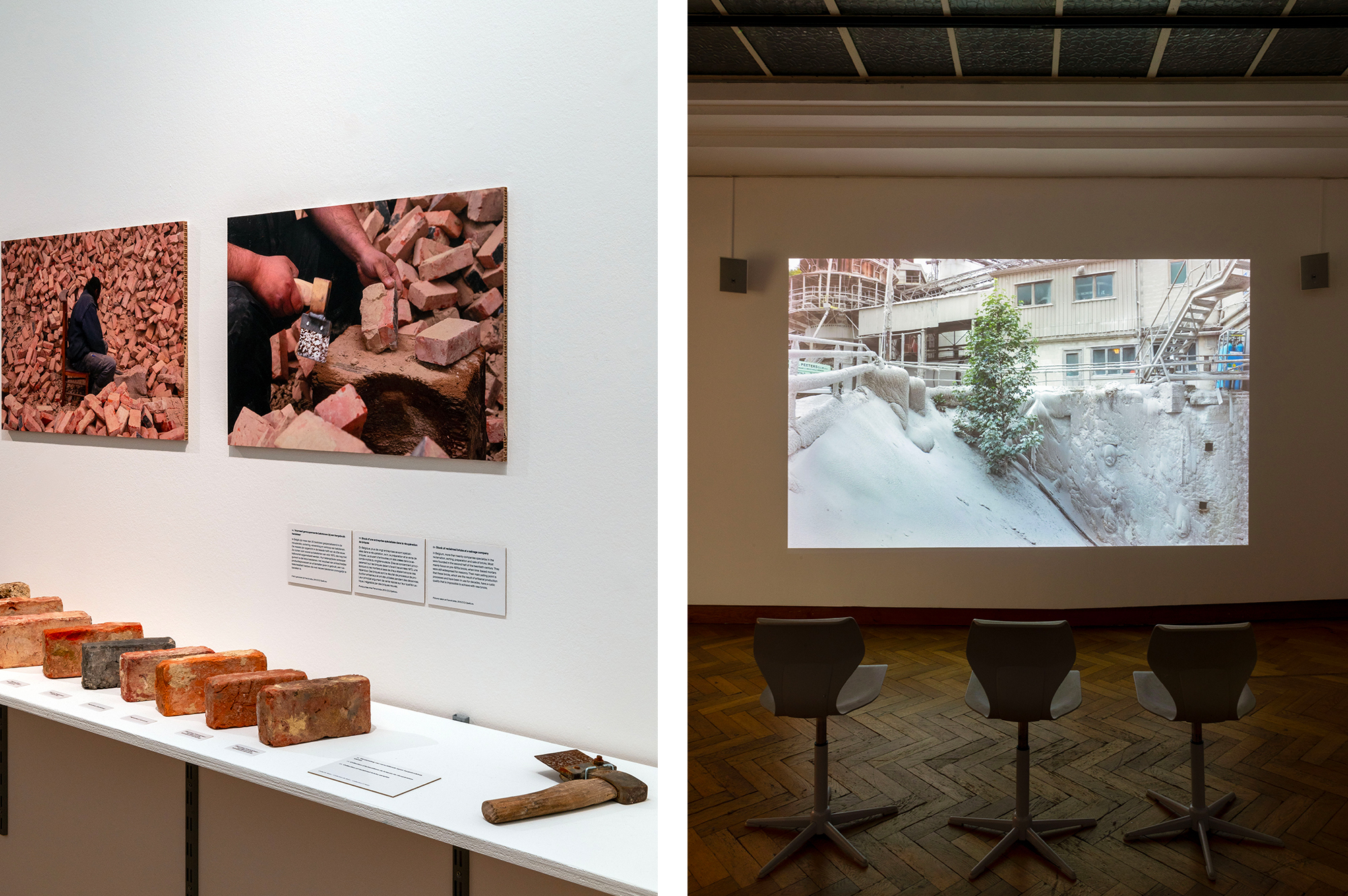
Why did you choose film as the main medium for the exhibition?
For this exhibition, we wanted to give visitors the chance to experience sites that are often difficult for ordinary people to access. We felt that film was the right medium for this. It was also for these reasons that we specifically approached the duo Beka & Lemoine, whose sensitivity and accuracy of vision we were well aware of. Their attachment to the human dimension adds a very interesting dimension to the films. The films are presented in a scenography that aims to create an immersive experience while orchestrating a form of dialogue between all the films and the work of Rotor, which is also presented in the exhibition.
What criteria did you use to choose the sites you filmed?
We were interested in situations that we described as ‘entangled’. We borrowed this notion from work carried out in anthropology. In short, it refers to interdependent relationships – for example, between living organisms, as in Anna Tsing’s work on matsutake mushrooms. For our part, we were intrigued by the interdependent relationships that have developed between material flows in the course of industrial history: what historian Jean-Baptiste Fressoz calls ‘the infinite skein of material symbioses’ (Jean-Baptiste Fressoz, Sans transition. Une nouvelle histoire de l’énergie, Paris: Seuil, 2024, p. 326).
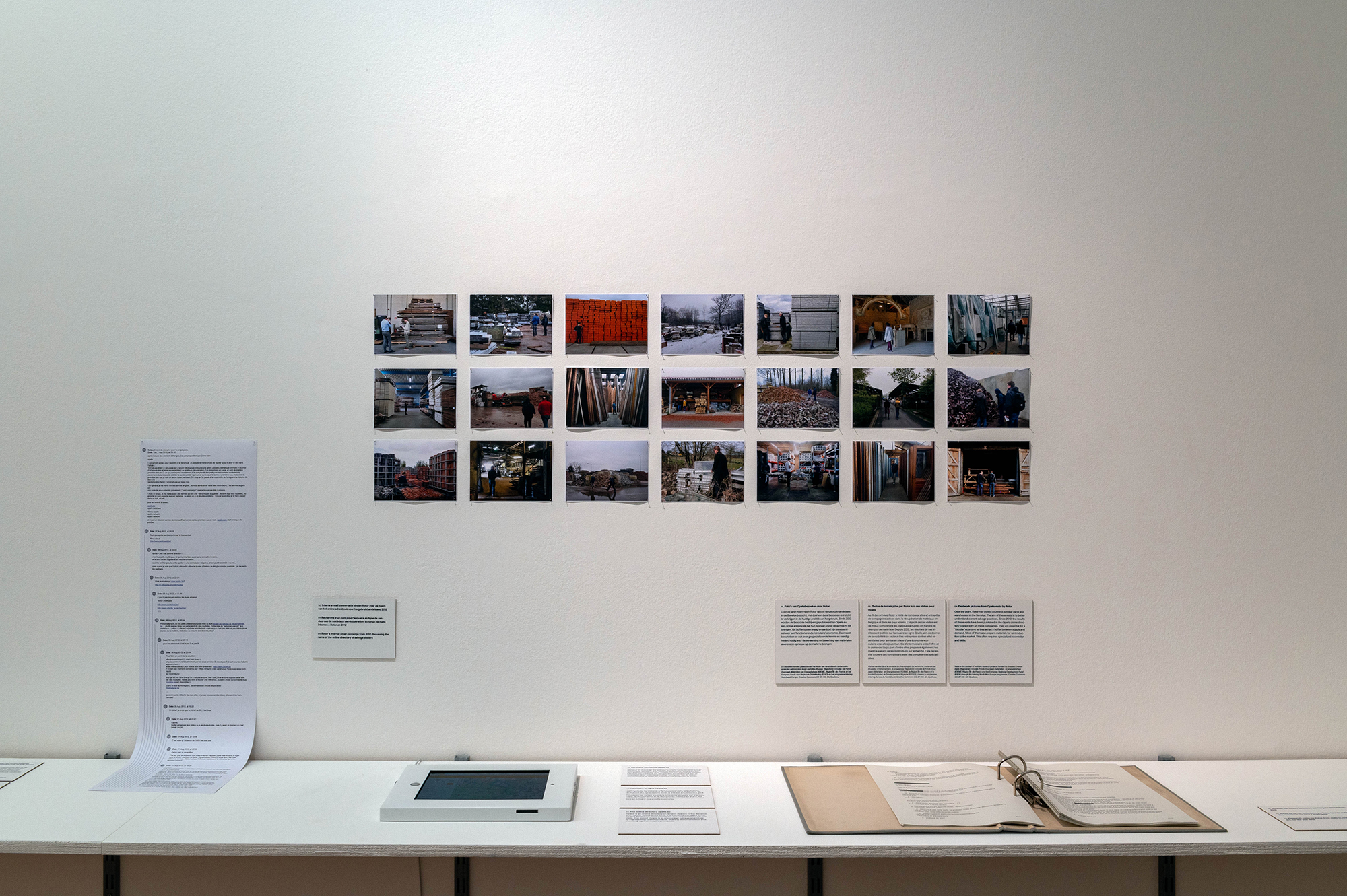
Beyond the interdependence of material flows, it quickly became apparent that the situations we were exploring also raised recurring issues that resonated with concerns we hold dear. These included the following questions:
- Landscapes: how does the economic process shape (or deform) the territory?
- Work: by what hands, what tools, what actions are materials put (or put back) into circulation?
- Scale: what do the few thousand tonnes that the reuse sector manages to recover represent compared with the millions of tonnes moved every year by large, very common industrial flows (sand, cement, earth, demolition debris and other sediments)?
- The future of large industrial infrastructures: what is the future of infrastructures that have reached such a level of complexity and scale? Are they destined to keep on growing, or is it possible for them to be turned around and closed down and/or converted?
We also wanted to talk about the relative proximity of these activities. We are aware that this choice has been made to the detriment of a reflection on North-South relations in the extraction of materials – a subject that we feel is absolutely necessary to investigate. However, we thought it would be interesting to show the presence of economic activity in similar contexts. From a practical point of view, it was also easier to organise.
In the end, our choices were guided by the willingness of the companies to contribute to our surveys and welcome a team of film-makers to their sites. We are very grateful to them!
Can you give us a concrete example?
To give a concrete example (which has in fact become one of the films in the exhibition), we were fascinated by an anecdote told to us by a horticultural greenhouse dealer in the Netherlands during a visit to his company a few years ago. His business is feeling the full effects of climate change. Because of the intensity of hailstorms, the glass in old greenhouses no longer meets local requirements.
What’s more, the business is indirectly affected by new European policies, which seem to have had an impact on certain outlets for second-hand greenhouses by encouraging the purchase of new equipment. This very specific example shows the extent to which recovery practices today depend on complex factors. It is a tangible embodiment of contemporary issues that might otherwise remain somewhat abstract. It is also these factors that help us to understand why the flow of Dutch recovery greenhouses now extends to more distant countries.
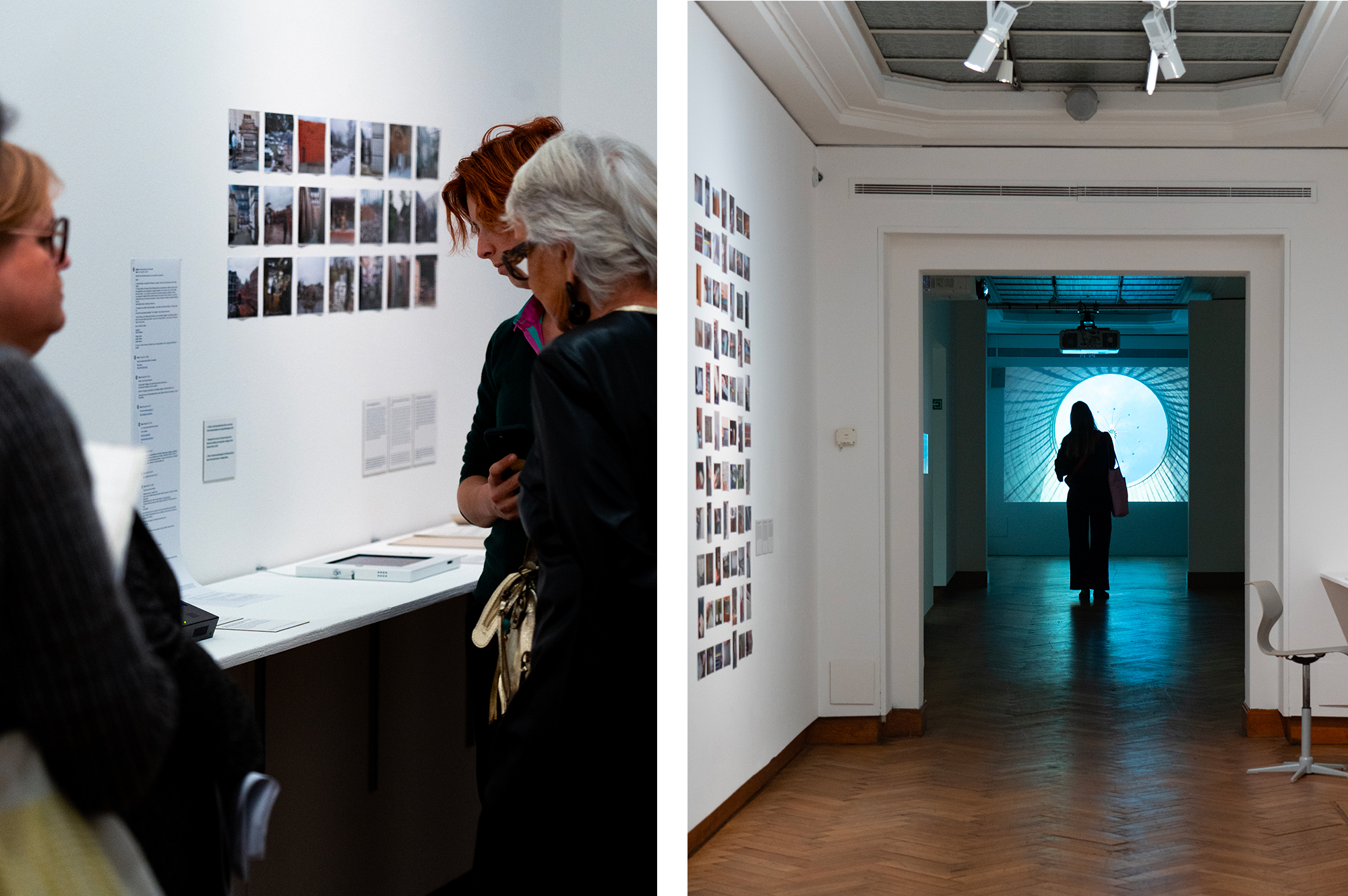
You talk of a ‘difficulty in standardising reuse on a large scale’. What are the solutions for making reuse more widespread?
We see a major challenge in thinking about and formulating scenarios for the future of reuse practices. Of course, we believe that it is in our interest for these practices to become more widespread in some way – in fact, this has been a major focus of our projects for several years now. However, we feel that we need to think about how this can be achieved. We see two major pitfalls in the current debates on this issue.
The first pitfall is linked to the fact that today, the future of re-use is largely thought of in terms of the relatively classic register of industrial capitalist development. This is reflected in the use of terms such as scale-up, standardisation, urban mining and so on. The picture that emerges is that of a competitive field in which a few companies will develop significantly, to ensure the recovery of a growing quantity of materials. This development is often seen as being accompanied by substantial investment to mechanise and automate the preparation of materials for re-use – a necessary condition for significantly increasing flows and thus meeting the demand for materials in the construction sector.
It seems to us, however, that there are other ways forward. For example, we could draw more inspiration from the structure of the existing reuse sector, which is made up of a large number of micro and small businesses, often family-run. Some are equipped with machinery, but these are generally on a semi-industrial scale. This enables these businesses to retain the agility they need to adapt to changing circumstances. There are obviously forms of competition between these companies, which operate under fairly traditional market conditions, but we can also see here and there forms of symbiosis. For example, companies combining their efforts and skills to respond to a major order. Such processes could be strengthened. We would then have an image that is closer to a form of ‘proliferation’: not the growth of two or three players but rather a general densification of the network of companies with complementary profiles and activities.
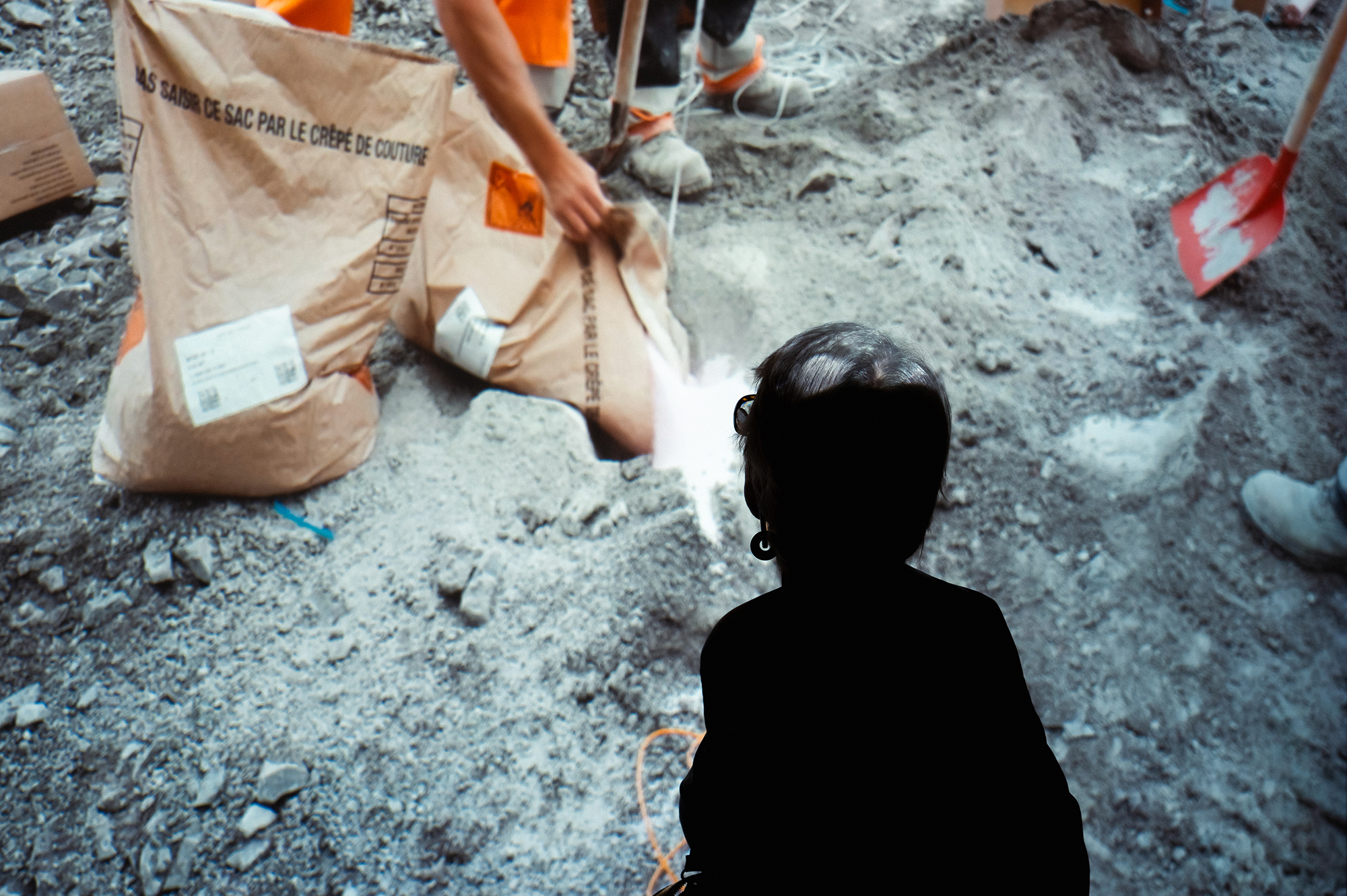
The second stumbling block is that we feel it is necessary to consider the development of reuse practices in parallel with a discussion on reducing certain material flows. Recovering a few extra percent of materials during demolition will not solve much if, at the same time, the general rate of demolition is tending to accelerate (as statistics on the production of demolition waste in Europe suggest). As we say in Dutch, it’s like ‘mopping the floor with the tap on’!
Today, ‘virtuous’ initiatives (or at least those that can be considered as such from an environmental point of view) are under pressure to grow. This is the case for materials recovery activities, but also for the production of biosourced materials with a low environmental impact. However, there is a risk that over-rapid growth and excessive standardisation of these activities could lead to undesirable rebound effects (e.g. forms of waste). Why isn’t there equivalent pressure for more harmful activities to slow down or even stop?
What do you see as the limits of reuse?
Reuse is a fantastic excuse to question the way the construction sector is organised. Incorporating reuse into a project approach means opening up a number of ‘Pandora’s boxes’ that are relatively little discussed: how should public procurement contracts be organised differently, how should project financing be rethought, how should the division of labour between the various construction trades be reviewed, how should design methods be adapted, etc.? On a broader level, re-use also raises questions about society, particularly in terms of our tastes, our relationship with consumption, our relationship with history and otherness, our relationship with manual labour, our relationship with innovation, etc.
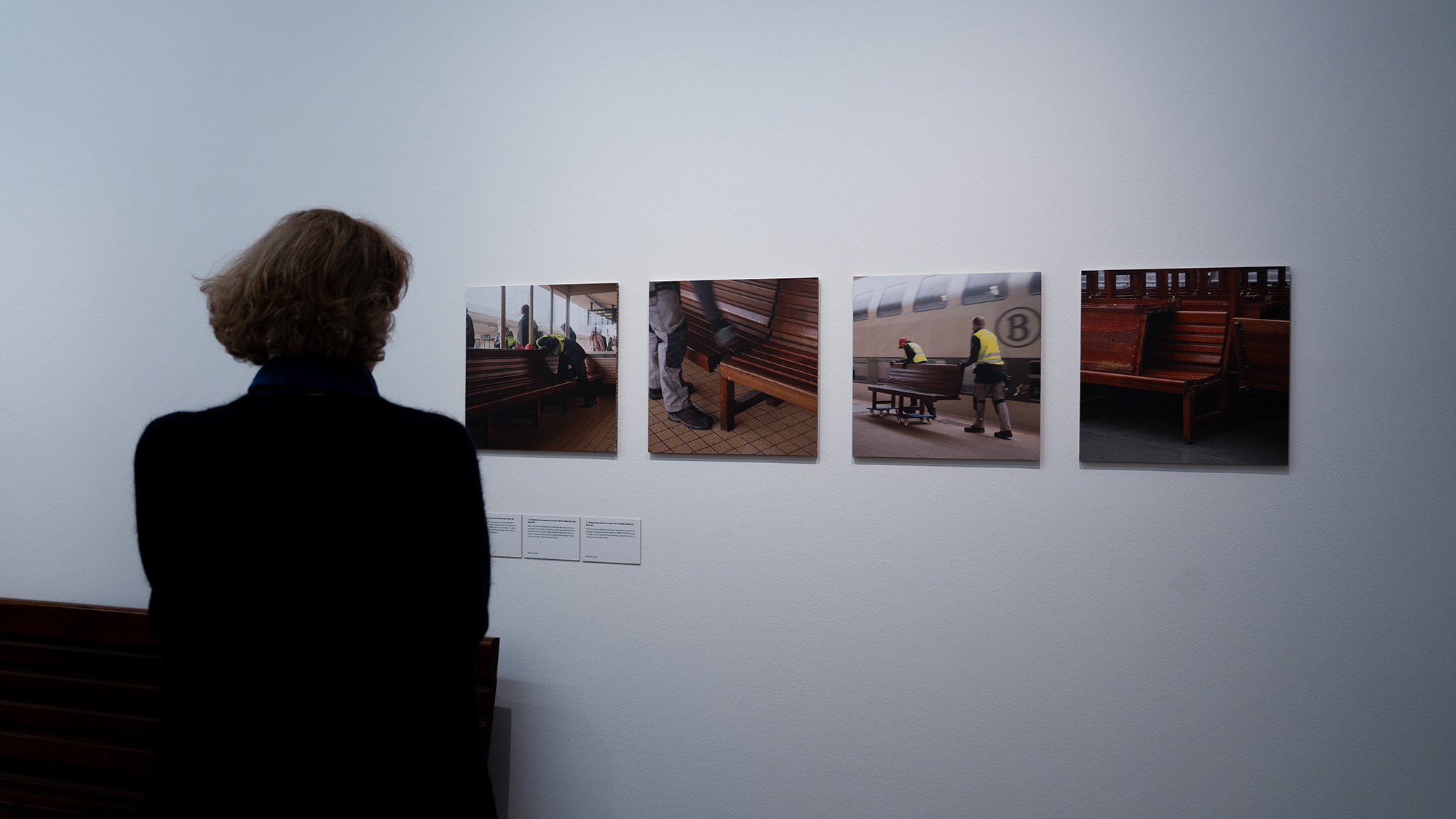
Asking these questions raises many practical difficulties, of course, but at the same time we believe that it opens the door to potential changes in the way architecture is practised and the built environment is developed – changes that are necessary if we are to respond more adequately to ecological and social issues.
Reuse may reach its limits when it stops asking these questions, when its critical potential is dulled in favour of a dilution into business-as-usual. We are confident, however, that there are other ways of keeping these questions alive and continuing to experiment with other ways of doing things.
Exhibition Rotor. Entangled Matter From 15 October 2024 to 12 January 2025 Bozar, Palais des Beaux-Arts, Brussels To find out more about the exhibition, visit the museum website.

